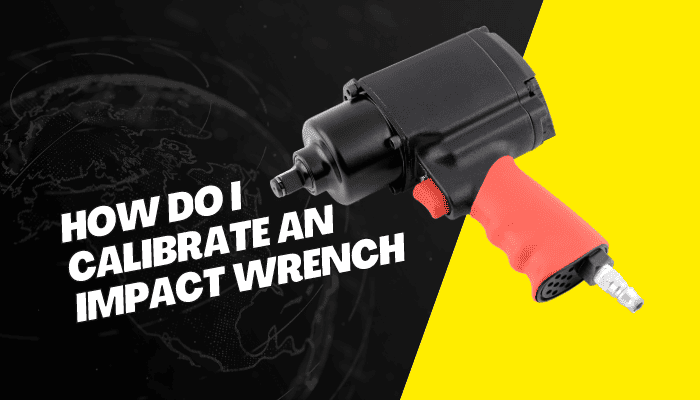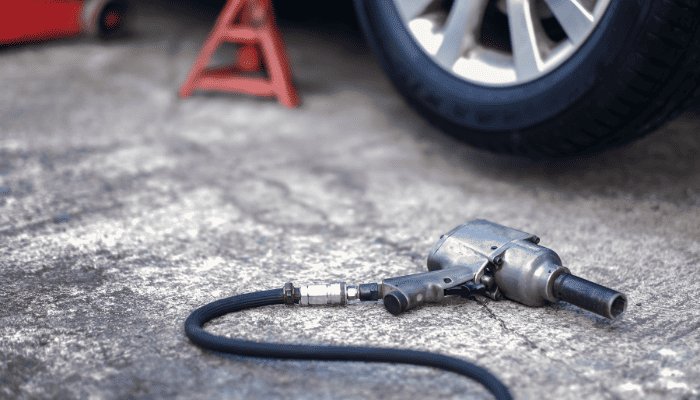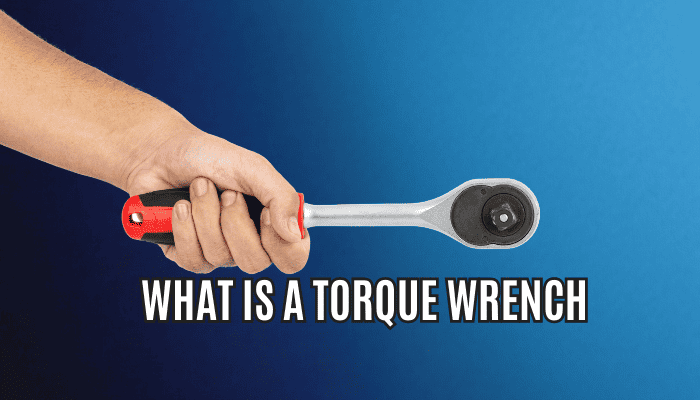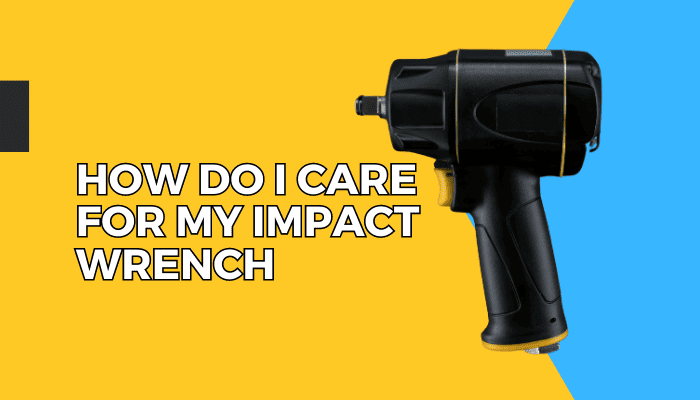How Do I Calibrate An Impact Wrench?
Ans: Calibrating an impact wrench is a simple process that only takes a few minutes. Knowing how to adjust this tool can help you get the most out of it, leading to increased performance and safety.
First, you’ll need to find and follow the instructions included with your specific brand and model of impact wrench for calibration or adjustment. Generally speaking. However, the steps are fairly similar across all brands.
To start calibrating your impact wrench:
2. Turn it off and disconnect from a power source (if electric).
With the handle in its comfortable position, use a torque setting scale and check to ensure that when adjusted correctly (using the forward/reverse switch), it produces maximum torque without having a continuous motor operation at any point during rotations made by either side of the head shaft after releasing trigger pressure; as this will waste energy unnecessarily and could lead to damage on certain parts due to too much force being applied at once. This should be done on every type of material being worked with (wooden boards vs. steel nuts etc.).
3. Once satisfied with the results obtained above step 2., check if accuracy between medium-duty “forward” setting is within 10% variance when used against heavier materials such as metal bolts or screws – because these would require significantly more power output from your unit than working on light-duty materials like wood boards, etc. This can be done quickly by using calibrated cheek jaw wrenches available online or at local hardware stores – make sure these tools come certified for accuracy so they don’t give false readings, which could cause further damage/inaccuracy instead!
4. Lastly, set appropriate RPM speed limit for variable speed models according to manufacturer’s specs provided alongside product purchase/manual guide – too slow could lead to low-quality work, while too fast may result in excessive wear down over time plus general machine malfunctions due to lack of proper load monitoring capability built into many units today; especially those designed primarily as consumer-grade implements rather than professional ones designed specifically industrial applications where compliance standards require more exacting conditions & higher precision components along their installations procedure(s) must adhere closely too before being deemed satisfactory completion standard demanded by industry regulations – just visit bestofwrenches.com website.
Read Also: How To Calibrate A Torque Wrench
In conclusion, taking all necessary calibration measurements while properly adjusting both torque output settings & speed limits required using appropriate measuring tools will go a long way towards ensuring optimal performance from your Impact Wrench no matter what type of job might require tackling next!







